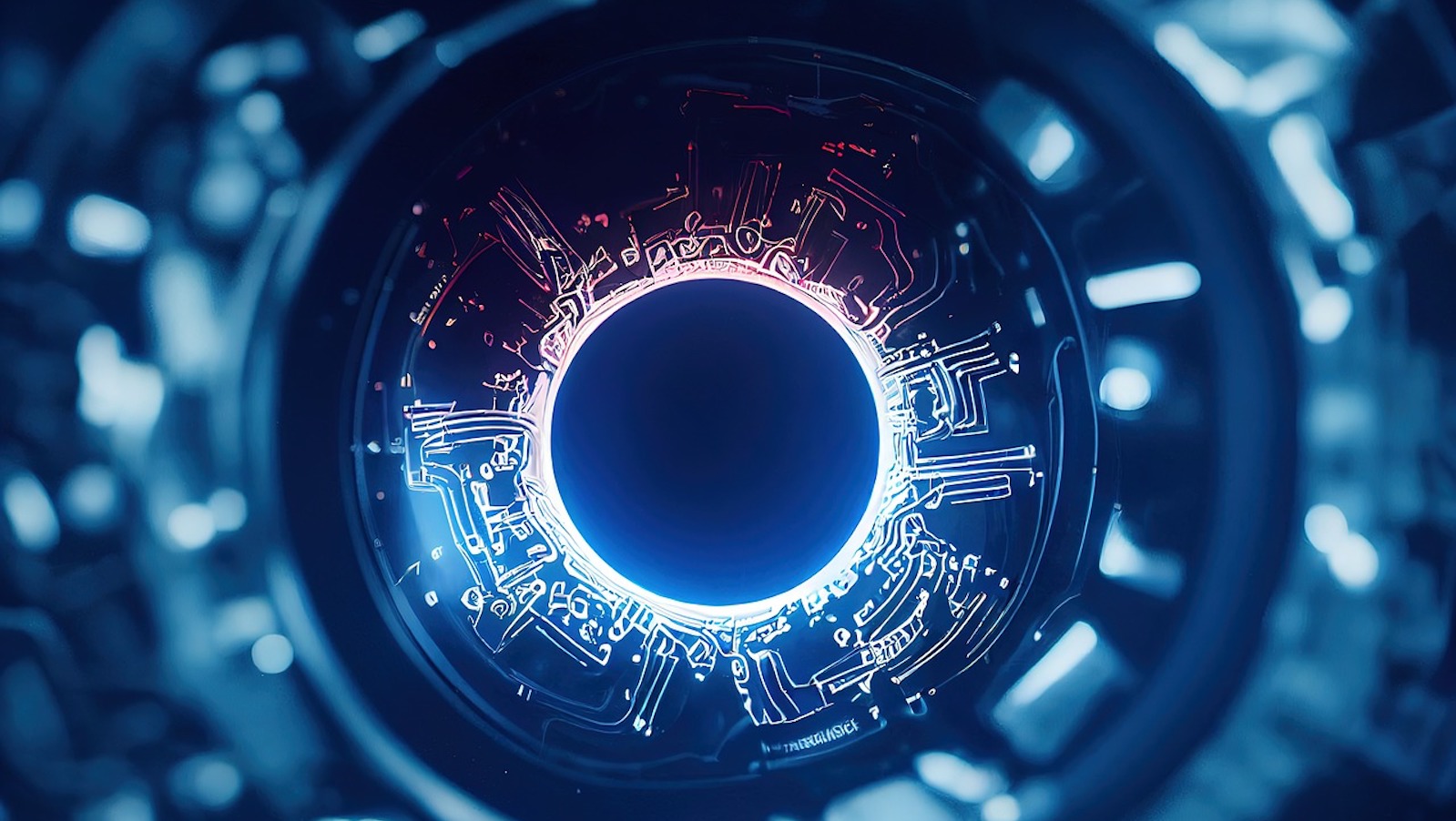Mary Barra’s
historic appointment as General Motors; CEO was almost immediately mired by
the firestorm over the Chevy Cobalt’s faulty ignition switches. To her credit, Barra
has dealt well with the crisis. But preventing future tragedies only helps GM recover lost ground. Barra now needs to define a forward-looking leadership agenda.
That agenda should include the biggest technological disruption that Barra will face in her tenure as CEO: driverless cars. GM is working on driverless cars but, like most automakers, is taking an
incremental approach aimed at semi-autonomous cars where a human driver is always ready and able to retake control. GM executives argue that fully autonomous, i.e., driverless, cars might someday be possible and
become a competitive threat but that that day is
a long way off. GM, therefore,
does not consider itself in a race with Google.
While the imperative to beat Google is applicable to every major automaker, Barra and GM face a particularly stark moment of crisis and opportunity. Here are five reasons why
Mary Barra should change gears and make beating Google (and every other contender) in driverless cars a CEO-level strategic imperative.
1. Hedge the downside. As I previously wrote, there are
five scenarios that automakers should fear if Google beats them to fully autonomous cars. One scenario is that Google amasses a significant lead in differentiating intellectual property (IP). Two scenarios deal with how Google might deploy that IP -- either as a dominant supplier or to power competitive offerings. Two other scenarios examine how traditional automakers might be precluded from new markets, such as driverless mobility for the young, elderly, handicapped and other non-drivers, and from new business models, such as Uber-like driverless car services that displace private car ownership.
The best way to hedge against these downside scenarios is for GM to have its own serious contender in the race to build fully autonomous cars. GM already has many of the strategic assets required for this challenge. It has a wide range of relevant expertise, both internally and at
research partners like CMU. GM has also been working for years on the
EN-V, a small electric vehicle concept car that now incorporates autonomous driving technology.
GM’s strongest advantages over Google, of course, are the car-building capabilities that will be critical in the transition from prototypes to production vehicles. Even if a non-incremental thrust does not ultimately produce a fully autonomous car, there would be immense learning benefits. By tackling the more challenging driverless problem, GM would gain greater insights and build capabilities in software, sensors, user interface, car integration and other key component technologies that should be relevant for semi-autonomous cars, as well. GM could enhance its own IP portfolio with key technologies that are likely to shape the industry for decades. This learning would also be important in helping GM deal with potential partners and suppliers.
2. Buy an option on the upside. Ramping up efforts on driverless cars is not just about defense. It would also allow GM to go on offense -- and even potentially change the game. By accelerating the development of driverless cars, GM could put itself in a better position to take advantage of the potential business model innovation and inevitable creative destruction.
Driverless cars could spark the
biggest revolution in transportation since the Model T. They could
revolutionize private and public transportation -- including car ownership and the nature of mobility. In the U.S. alone, more than $2 trillion flows each year through the car-related related economy, including parts, sales, financing, service, maintenance, insurance repairs, rentals and energy. The worldwide revenue stream is many times that amount.
For example, how might GM’s combination of product warranty expertise and GMAC Insurance assets open up new opportunities for GM as driverless cars wreak havoc on the
$200 billion U.S. auto insurance industry? What other downstream opportunities might arise for driverless car providers, such as mobility-on-demand services, location-based advertising, infotainment and so on? How might GM beat other automakers in understanding the implications of driverless cars on its complex supply, logistics and distribution networks and gain a head start in understanding the retooling implications?
Buying options on the future has paid off for GM before. Take
its OnStar telematics platform. GM made an aggressive decision to install OnStar across most of its fleet in the late 1990s and has since leveraged OnStar to improve product development, enhance customer loyalty and earn billions in product warranty savings and subscription revenues. OnStar is also an example of the increased profits that are available further downstream from GM’s current position. OnStar's margins are
five times higher than the margins of the overall GM business.
3. Control GM’s own destiny. More and more experts agree that driverless cars are not a question of “if” but “when.” With so much at stake, GM needs greater control over its own destiny. Whether GM beats other traditional automakers in the race for semi-autonomous cars depends on the success of its own efforts. Whether it beats Google, however, is currently dependent on Google’s failure—since GM doesn’t even consider itself in the race. Given the progress that Google has made and Google’s clear ratcheting up of its investments, betting on Google’s failure is not wise. GM should worry that Google might actually succeed. To control its own destiny, GM needs to have its own entry in the race.
4. Create a rallying point for GM’s larger transformation. Investigations into the roots of the Cobalt ignition problem revealed the depth of the cultural transformation that Barra must still engineer at GM. Barra herself told investigators about the “GM nod”: "When everyone nods in agreement on a proposed plan of action but then leaves the room with no intention to follow through."
Cultural change, however, is immensely difficult. Corporate edicts and slogans sound good but have no lasting effect. It is easy to imagine, for example, how poorly GM’s cultural change efforts might fare against the “GM salute” described in the
Valukas report: “a crossing of the arms and pointing outward toward others, indicating that the responsibility belongs to someone else, not me.”
In my experience, corporate cultures only change in the context of explicit actions and measurable goals. A mission to beat all others to develop, build and dominate the world of driverless transportation would create a forward-looking aspiration around which to rally the organization. Attacking such an audacious goal—an achievement that by historical rights should belong to GM rather than Google—would provide a crucible within which Barra could prototype and evolve new behaviors. Progress would be measurable, and success would provide a beacon for the rest of the organization.
5. Make the world a better place. Cars changed the world. The benefits of mobility and transportation to modern society are undeniable. Cars, however, are also a leading cause of
death, injury,
pollution and
resource consumption. For example, while
estimates of fatalities attributed to the Cobalt ignition switch failures range from 13 to 74, those fatalities are dwarfed by the
more than 1.2 million road traffic deaths worldwide each year. What’s more, global transportation infrastructure will require
many additional trillions of dollars in the coming decades.
Rather than just pushing to address its own safety shortfalls or to build incremental semi-autonomous cars that have more limited secondary benefits, GM could help reimagine cars and car-related transportation. Driverless cars will be one of the biggest enablers to such a reimagination of transportation. The
societal benefits could be enormous. They could save millions of lives and tens of millions of injuries. They could save billions of hours and trillions of dollars through more efficient resource utilization.
But there are also unanticipated secondary effects to be considered, such as the impact on jobs, public transportation and urban sprawl. Rather than taking a back seat to these monumental changes, GM could apply its expertise to help understand and shape these changes. It could be a monumental do-well-by-doing-good effort.
* * *
While there are advocates for more aggressively pursuing driverless cars inside every major automaker, including GM, most strategic decision makers are in denial. Take
a comment by Maarten Sierhuis, head of Nissan’s driverless research: "As a researcher, I want full autonomy! But the product planners maybe have another answer."
This denial mirrors the rationalizations that industry leaders usually offer about disruptive technologies: Customers like the way things work now. We need to invest in the current business instead of risky new technology. New products would cannibalize our current products -- let’s make sure change is very gradual. We’ll miss our numbers if we get distracted. And so on.
Like most rationalizations, these denials contain elements of truth. In GM’s case, there are very pressing issues that need its CEO’s attention. In addition to the ignition switch recall and safety issues, GM is facing
challenging market issues in Europe, Russia and parts of South America. It is grappling with a
sales slump for Cadillac. And it faces great opportunity but stiff competition in the fast-growing China market.
GM also has a spotty track record for disruptive innovation. It invested early and heavily in
factory automation and robotics,
electric vehicles and
fuel cells -- and failed to reap significant market benefits from those investments.
Given all that, a multitude of internal voices are arguing against escalating GM’s response to Google. The only way to overcome the internal resistance that would otherwise smother a strategic driverless car initiative is for Mary Barra to make it a CEO-level imperative. That’s because the most critical success factor will be CEO attention, not money. No initiative that might so fundamentally change the core business—while also fighting for limited expertise and resources—can succeed without the strategic imperative that only the CEO can provide. Mary Barra must also anoint an internal champion with the resources at his or her disposal to make things happen. She must guard the initiative against corporate antibodies while also asking the tough questions needed to keep it focused rather than coddled.
In reference to the Cobalt, Barra observed, rightly, “
We will be better because of this tragic situation if we seize the opportunity.” GM will be even better if it also seizes the opportunities of driverless cars. The question is whether Barra can bring GM’s assets together into a strategic imperative that rivals the passion and pace of Google’s self-driving car effort.







